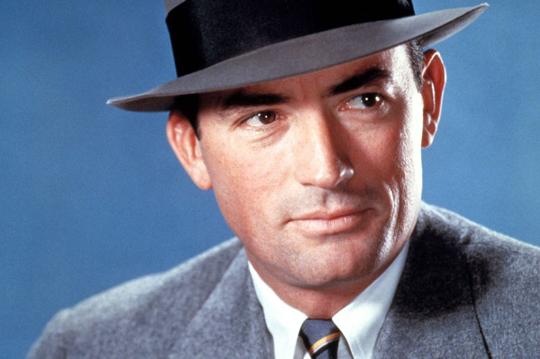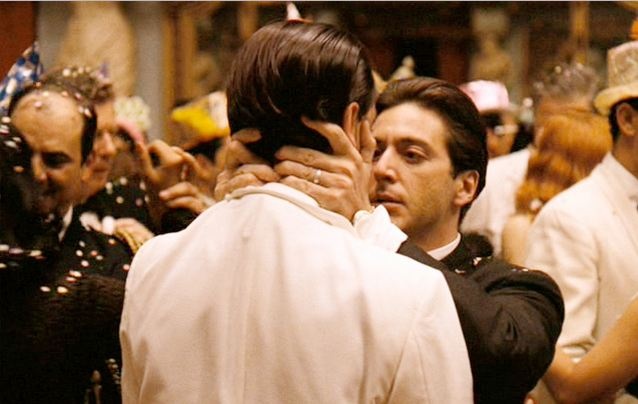(I read this and thought it was valuable, considering we had been discussing flashbacks at the meeting)
By Stacia Brown, Washington Post
Two hour-long action series debuted on network TV in 2001 — “Alias” on ABC and “24” on Fox — and both relied heavily on flashbacks and flash-forwards, otherwise known as in medias res storytelling. At the time, the device seemed novel, even groundbreaking. Before these shows, keeping up the frenetic energy of a blockbuster action film over a 22-episode television season might’ve seemed like a tough ask.
But both shows rose to the challenge and were rewarded with long series runs — “Alias” at five seasons and “24” at nine — setting a pesky in medias res precedent that persists 14 years later. Hit shows such as ABC’s “How to Get Away With Murder” and “Quantico” still lean on the time-jump model in each of their plot-twisting episodes. But these days, starting stories in the middle of things feels more tiresome than groundbreaking, more lazy than ambitious.
Both seasons of “How to Get Away With Murder” begin by revealing a shocking homicide viewers will need to watch several episodes to solve. Each episode alternates between the events of the murderous night in question and the weeks leading up to it. By jumping from the future to the past, we’re being asked to keep track of not only plot points in reverse but also character development.
The first-year law students in Annalise Keating’s (Viola Davis) class are introduced to us as accomplices to a heinous crime. We watch them plot a cover-up of their involvement, then through a series of slower-paced flashbacks they try to earn our empathy by being doe-eyed or lovably fratty or wisecracking or Type A achievers. It’s a risky tactic that doesn’t always pay off. We may grow to like the students, but the time-jump device leaves logical holes that are harder to fill. After a season and a half, I have grown to understand the students’ personalities, but their devotion to working for Annalise, who increasingly leaves chaos and crime in her wake, is unclear.

Annalise Keating is brilliant, brutal and in more than one time continuum.
Annalise’s personality is also shortchanged due to in medias res storytelling. She’s a horribly damaged, possibly self-loathing person, some of whose childhood and college secrets we’ve come to know. But who is this woman? The series seems to have begun at a time in her life when her perfectly coiffed grasp on career and home have suddenly unraveled; we’re introduced to her just weeks before a very long downward spiral. And even with all that’s been revealed in flashback, it’s still hard to understand why her two full-time employees are so loyal, why her students are doing so much of her work for her, and what her ultimate goals are — for herself and for those who naively rely on her.
“Quantico” has a similar protagonist problem. Another ensemble cast show built around a tough female lead, “Quantico” asks us to invest in FBI recruit Alex Parrish’s (Priyanka Chopra) fight to prove her innocence, after introducing us to her at the scene of a terrorist attack, for which she’s the lead suspect. It’s fine to know upfront that there’s been a bombing for which Alex will eventually be blamed.

FBI agent or terrorist: not necessarily mutually exclusive
But over the course of this series’ first seven episodes, we’ve been introduced to a large principal cast whose back stories are all being underserved by the show’s time-jumping conceit. Each recruit’s story seems to exist only to provide them a chance to be shifty-eyed red herrings. We don’t really know anyone — least of all Alex, whose defining characteristics seem to be trying to unlock her deceased father’s secrets and falling in love with another FBI agent who’ll help her with that and with clearing her name. And it’s hard to trust that we will get to know these characters since it’s clear that their back-stories are being developed only in ways that serve the flashback-flashforward device. Any character who has Middle Eastern ties, for instance, has had those ties revealed.
Knowing too much too soon is rarely a narrative asset. It works best in slow-burning mysteries that are painstaking about establishing characters’ traits and motivations. The goal then is for the viewer to feel like she’s being let in on the sleuthing process. With “How to Get Away With Murder” and “Quantico,” I feel like I’m being tricked with smoke and mirrors, an outsider rather than an assistant. As a viewer, I always want to feel more clever than confused — and too many time-jumps make that needlessly difficult.
When in medias res is used simply to shore up shocks and thrills, it shortchanges both plot and character, which in turn shortchanges audiences. It would be great to see each of these series take more linear, chronological approaches next season. It would give both the characters and viewers a little breathing room.


